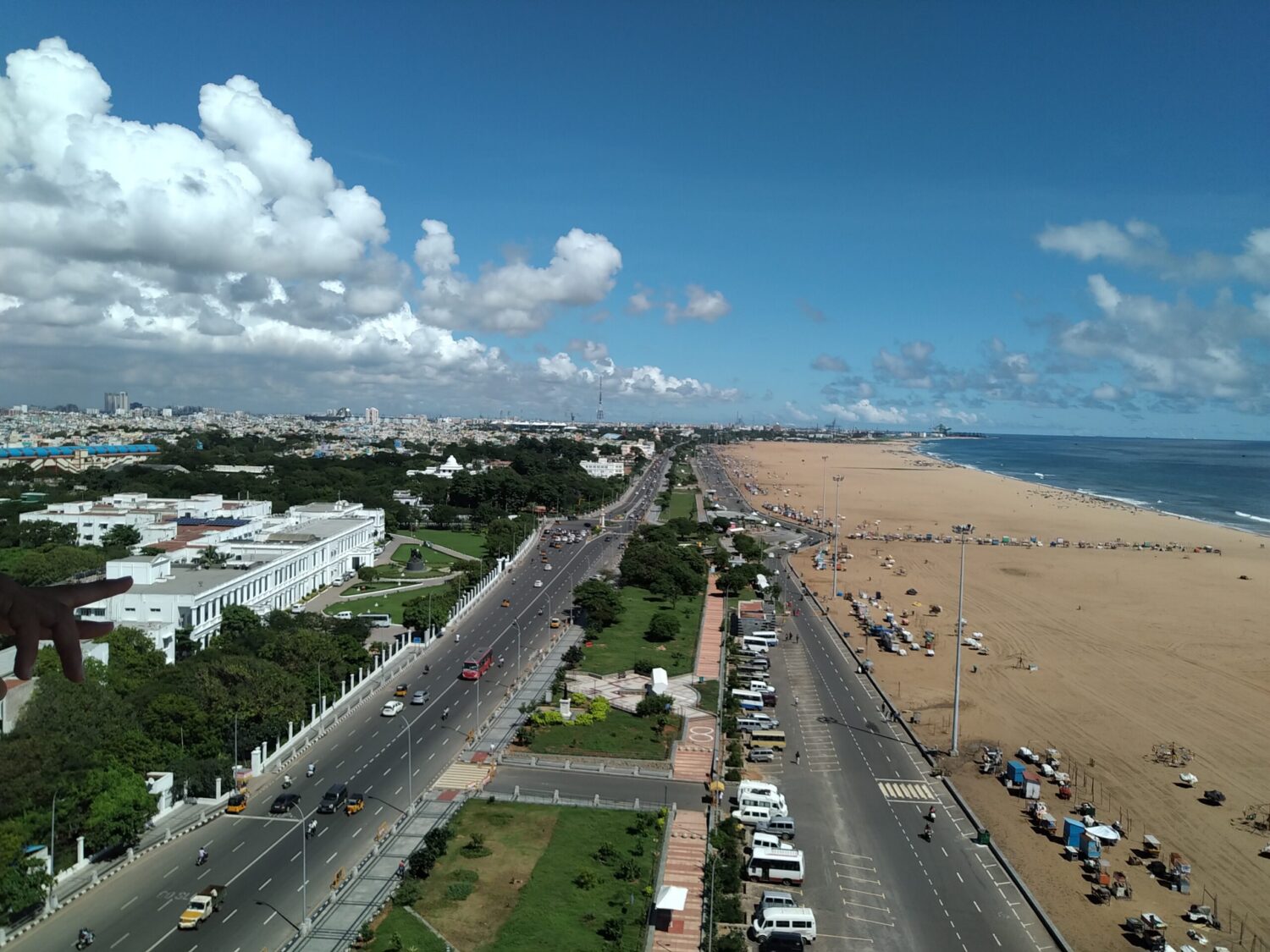
Chennai, India | Wellbeing Cities Finalist 2021
May 7, 2021 — Projects & Programs
Chennai, India
Wellbeing Cities Finalist
CITY OVERVIEW
The city of Chennai deems wellbeing to be balanced on the linkages of a healthy citizenry and a thriving urban environment, including their dynamic, ever-evolving nature of spatial and socioeconomic dimensions.
The city envisions a scenario where its citizens can commute to places by walking or cycling in safe and comfortable surroundings; where people of all backgrounds and financial strata have equal opportunities and access to public infrastructure; where the neighbourhoods are green and thriving with indigenous flora; where transportation is clean and pollution-free; and where the city is friendly and safe to children, adults, elderly and differently-abled alike.
Population: 1,235,000
Mayor: Mr Prakash G
Language: Tamil
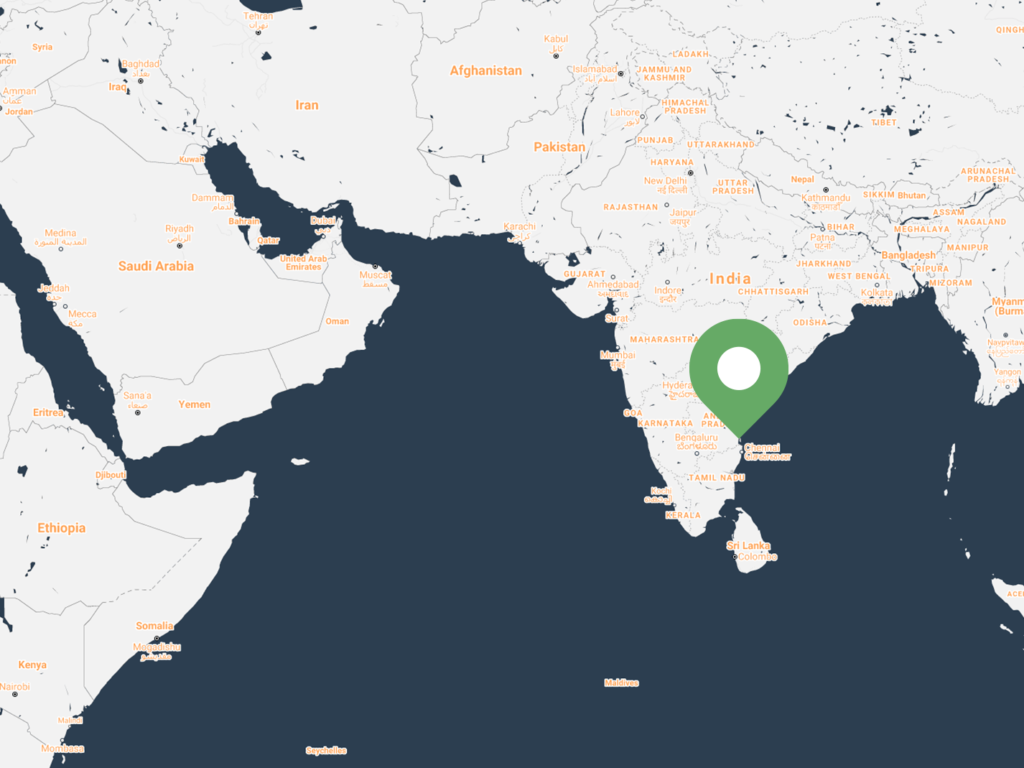
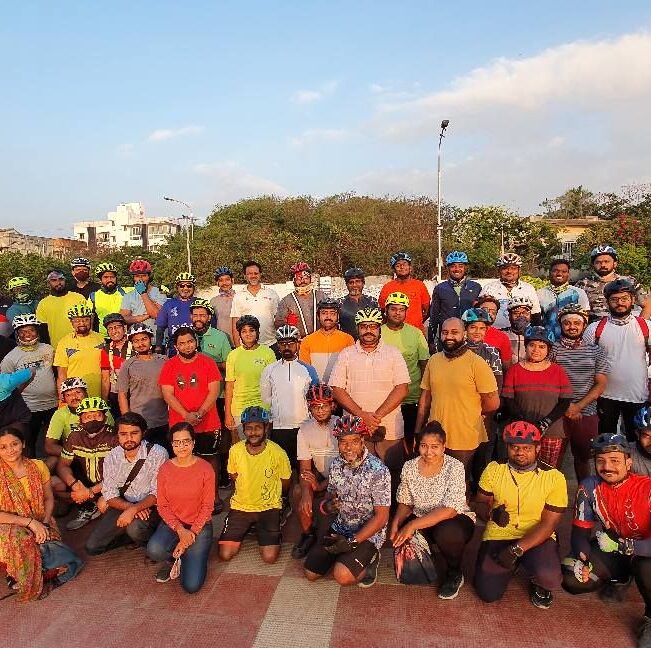
“At Stride, we try and look beyond what technology itself can do, towards how it enables us, the humans to aspire and achieve more. Our work brings data and technology together with human-centric processes to create better avenues of active mobility.”
- Team Stride
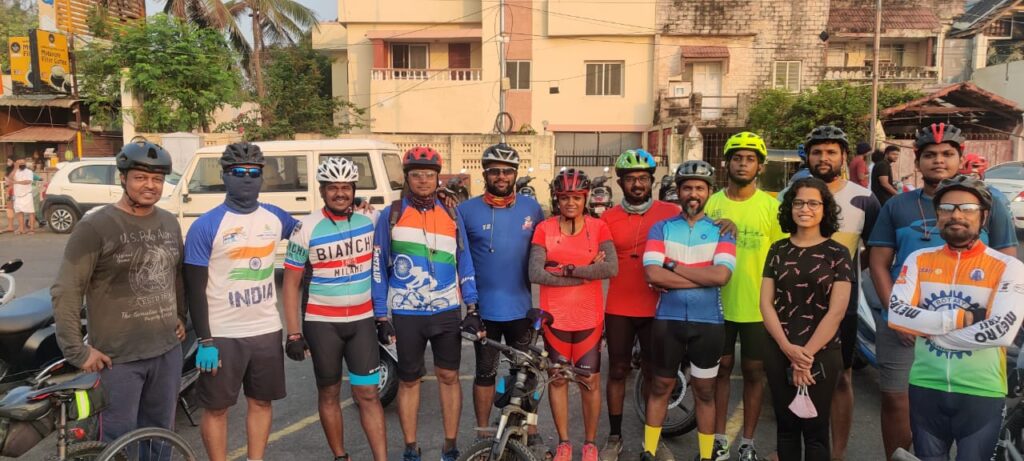
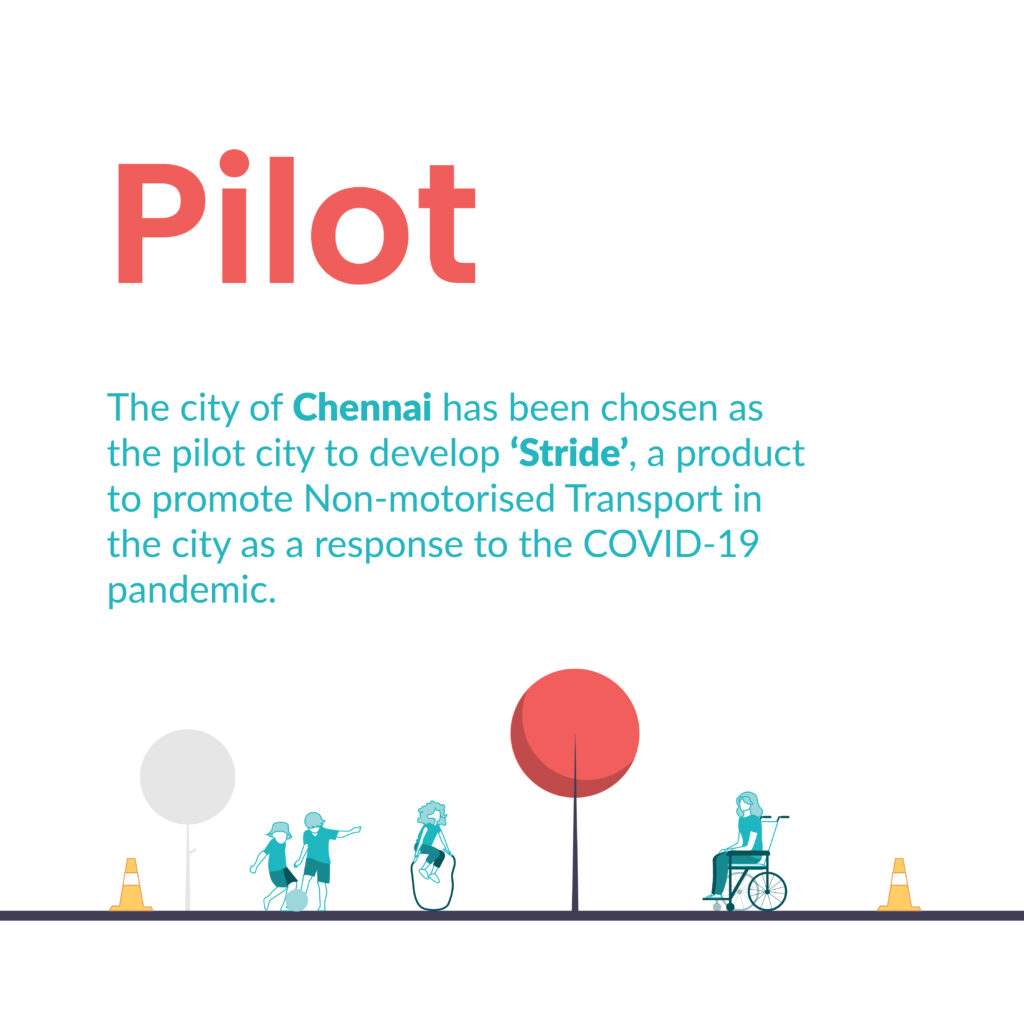
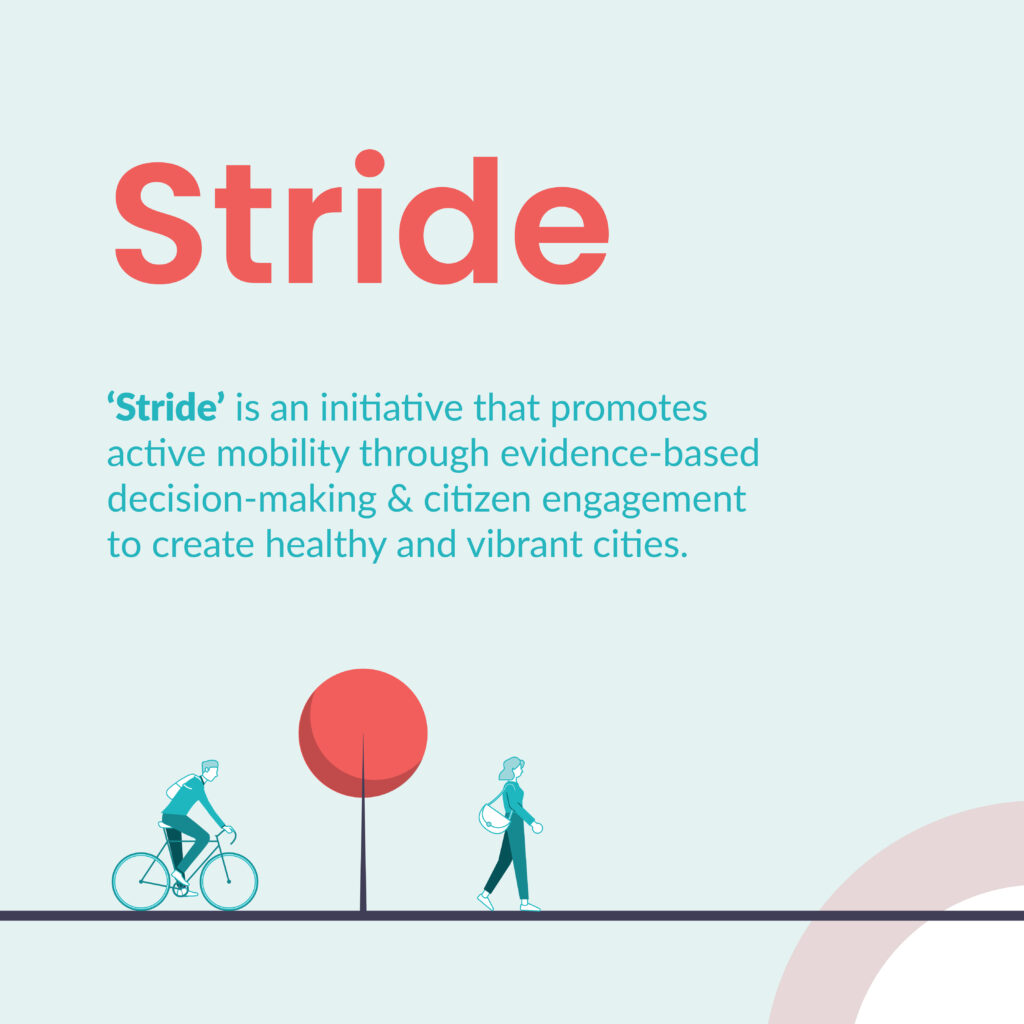
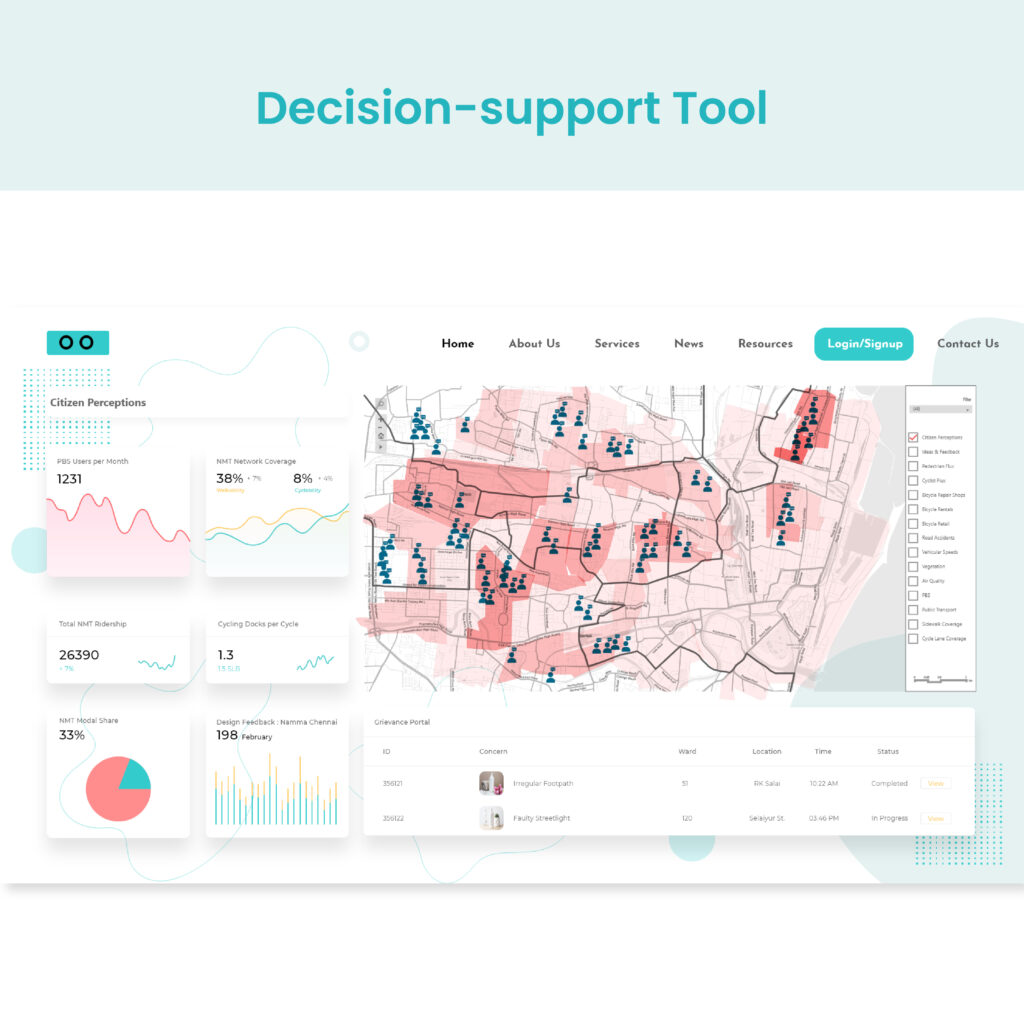
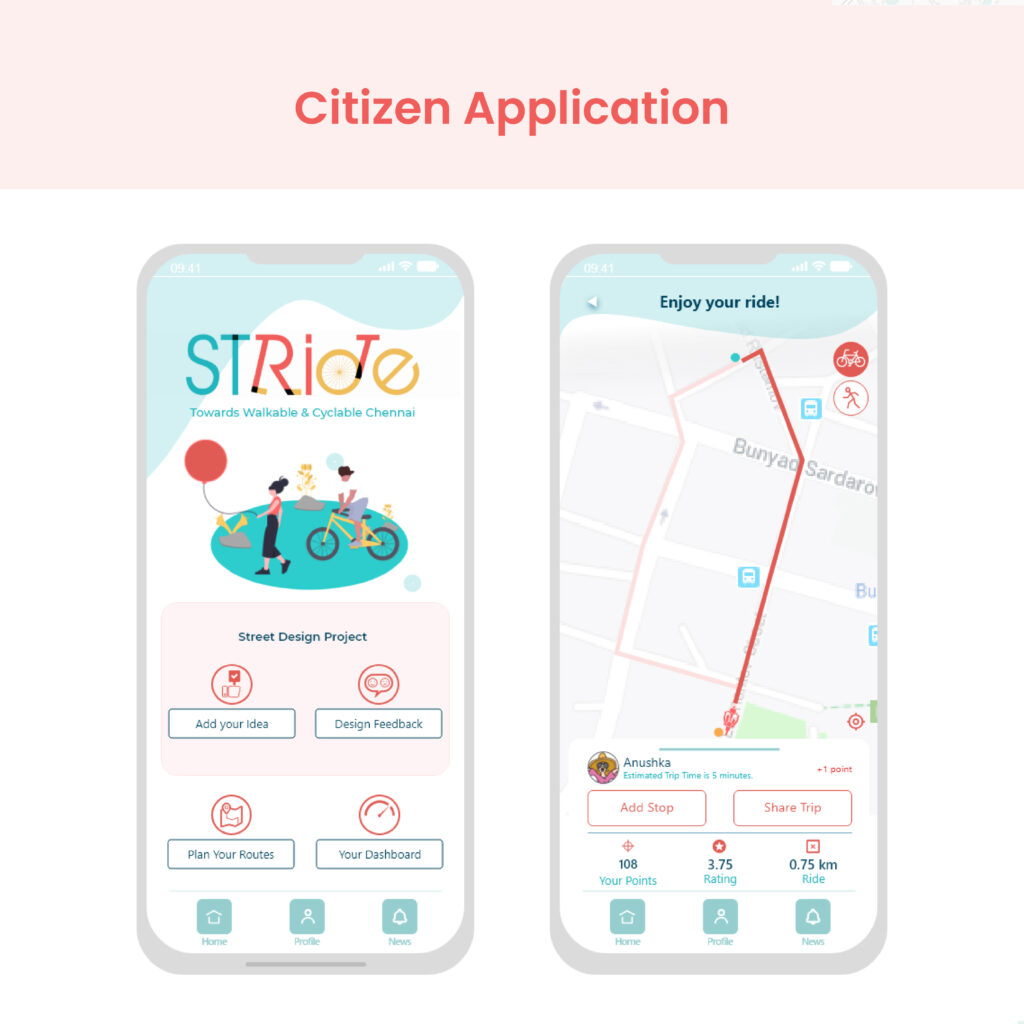
ABOUT THE INITIATIVE
STRIDE
Q. What challenge(s) related to wellbeing does your initiative seek to address?
A. Stride tries to address the challenge of post-COVID transportation and wellbeing, as the ‘new normal’ demands contact-free walking and cycling to reduce pressure on public transport systems and for health benefits. It also addresses the problem of increase in motor vehicle traffic and responds to the issues of noise, air pollutants and congestion through the developed solutions. Further, it addresses the lack of citizen participation in the design and development of streets and public spaces.
In addition, Chennai witnesses the absence of a database for an evidence-based and scientific analysis and management of urban transport, specifically non-motorised transport (NMT). This hampers effective and informed decision-making and constrains the ability to create reliable mobility plans. Finally, the proposal recognises the challenge of inadequate NMT infrastructure, amenities and services and tries to develop a scalable response mechanism for the highlighted problems.
Q. How does the initiative respond to the challenge(s) identified?
Stride is an initiative that promotes active mobility through evidence-based decision-making & citizen engagement to create a healthy and vibrant city.
The proposed solution, through a citizen engagement application, intends to enable people to walk and cycle on better routes that are safer and greener and help them discover cycling amenities and services. It will not only decongest the public realms in the wake of the pandemic but also incentivise people to take up NMT as a healthy commute choice.
Q. What are some specific examples of the anticipated or observed impacts of your initiative?
A. The impact of Stride will be measured thanks to three indicators:
- Higher discoverability of NMT amenities and services. The project gathers rare data on amenities, such as cycling rentals, repair and retail units, and good walking and cycling routes and displays the information on the citizen app to be accessed by walking- and cycling-enthusiasts in the city. Discovering these amenities and services will enable the citizens to conveniently walk and cycle more and lead a healthy lifestyle.
- Continuous citizen engagement for improved outcomes. The project, through its citizen app, is aimed at crowdsourcing crucial NMT data that is otherwise unavailable. This is done through initiating a series of crowdsourcing campaigns and onboarding pedestrians and cyclists as volunteers. These campaigns not only help gather the data but also build more trust between the citizens and the government.
- Ascertaining the NMT service levels against the national benchmarks and forecasting future NMT scenarios. A decision-support system in the form of a city dashboard is a project component to aggregate NMT data via various sources, including the IoT sensors and citizen inputs. This data will be utilised to ascertain the existing levels of service for NMT and generate meaningful insights on the supply-demand of NMT infrastructure and amenities in the city. These insights will be used to forecast the future demand points and make decisions to provide walking and cycling infrastructure and services in a more cost-effective manner. This will directly impact the NMT users, especially the livelihood of cyclists in safeguarding their daily journey.
Q. How did you consider equity & accessibility when designing your initiative? What public-facing participatory tools and approaches do you plan to use throughout the planning, design, and implementation of the initiative?
A. The project is designed keeping in mind the needs and aspirations of NMT users on the roads in Indian cities. The NMT user group is the largest on the city roads, yet the most marginalised and almost invisible. Through its app feature of discoverability of routes and services and digital consultations, the project intends to make the development process and outcomes more accessible to all NMT user groups, which comprises both the leisure and captivated NMT users. While the former is technologically competent to use the app and generate data, the latter is envisioned to be equitably catered by the project through outcomes that help create better NMT infrastructure and services in the city in the long term.
Currently, the citizen app and dashboard are being developed through a participatory process that enables the data to be crowdsourced by the leisure pedestrians and cyclists to benefit the captivated users. Post-roll-out, the app is expected to crowdsource data regularly and therefore benefit equally all users. The app’s public consultation feature allows citizens to submit ideas and vote to inform street design.
These participatory features ensure that the public is involved in the planning, design and implementation process of better walking and cycling facilities in the city.
Q. How do you or will you ensure your initiative’s long-term, sustained impact? In the context of the COVID-19 crisis, how did you or do you plan to adapt your initiative?
A. Due to the ongoing COVID-19 crisis, the need for personal means of mobility is expected to see a rise as people invest in cars. The project is developed as a response to the COVID-19 pandemic to assist mobility and improve the health of people and the environment.
We will ensure the initiative’s financial sustainability thanks to an additional subscription-based feature on the citizen application for the promotion of public space-related events. In addition, the Ministry of Housing and Urban Affairs will scale up the solution and bear additional costs, and sponsorships will be sought to enhance the capabilities of the solution during scale-up.
We have also developed a Contingency Plan to respond to risks such as reduced social mobility due to the COVID-19 pandemic, the city’s lack of capacity to generate real-time data, or a complex and multi-tier city governance system.